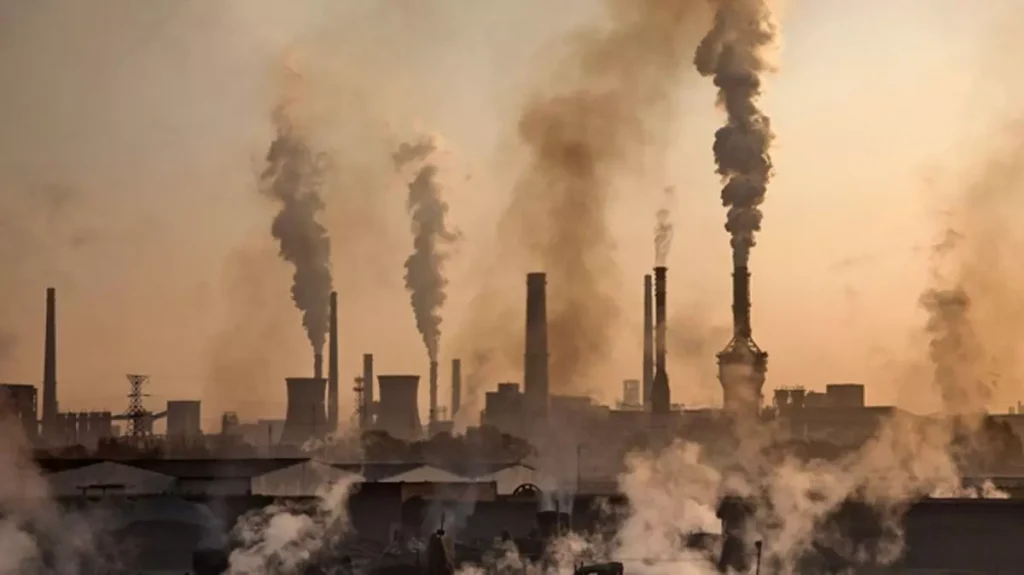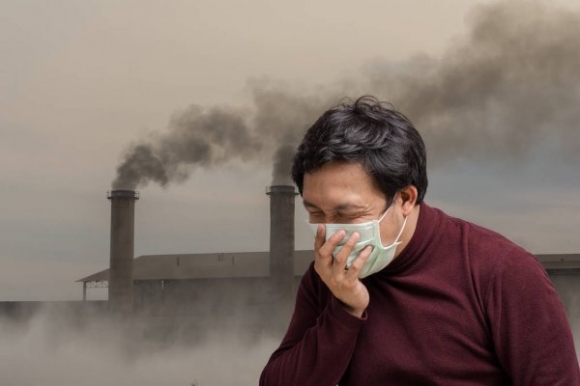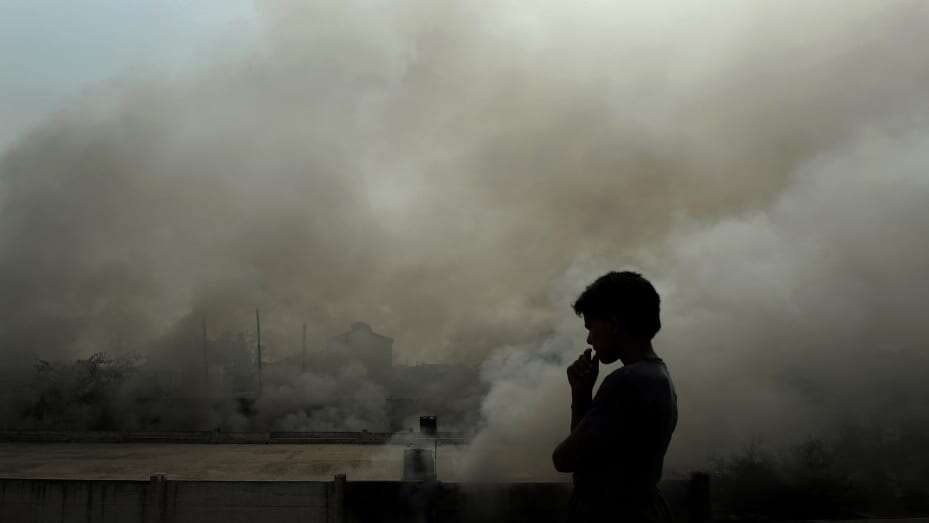Some American cities face more air polluting evils than others, but a different picture for 2024 and the fight for cleaner air is still continuous. The next article categorizes the top cities with the worst air quality identifying why these cities come on top and the measures that are being taken in an effort to try address this modern ailment.
Air pollution: What it means for the United States
Now, let’s go a little deeper and see which cities are those most polluted by air, but before we do this we need to know what this air pollution is. To say it in simpler terms, air pollution means the existence of injurious particles in the air that we breathe. Although the may be natural-very often through fires and such- they are mostly, man made-such as vehicle emissions and industrial wastes, the cause for worsening of the air quality. Adverse effects of pollution include some significant health risks accompanying critical environmental implications, thus emerging as a cardinal concern for a number of urban areas.
The Major Sources of Air Pollution
Well, where does all these pollutants originate from? The major causes of air pollution in a city are transport, industrialization and even from acts of nature like climatic change. These pollutants when present in large amounts cause a progression in the quality of air in crowded or industrialized areas.
Traffic Emissions
Transportation emission is one of the leading sources of air pollution in the urban environment. Owing to many millions of automobiles, trucks, and buses in use every day on roads, especially in large urban centers, air pollution density with carbon monoxide, nitrogen oxides, and particulate matters has increased significantly. Sulphate and nitrate particles bring pollution and bad quality of air which hampers normal breathing to people living in these cities.
Industrial Pollution

Another common area of pollution in the United States’ cities is industrial. Industries activities such as in factories, refineries and power plant release large volumes of pollutants to the air.. In some cities, industries are more strong. So, they cause even higher air contamination because hazardous substances are released through heavy machineries, chemicals, and manufacturing processes.
Why Some Cities in U.S. Polluter
Not all cities are created equal, as some have characteristics that make them more prone to poor air quality. Factors, for instance, include geography, population density, and even the level of economic conditions, all of which would determine which ones had the worst levels of pollution.
Geographic Factors
Even geography can trap pollutants. Inland cities, like Los Angeles, contained between mountains that create a “bowl effect,” trapping pollution that cannot easily clear the area, thus contributing to the establishment of smog and other noxious particles.
Population Density and Urbanization
The more people are in a city, the worse is the pollution because more people mean that more cars exist, and there is always industrial activity and energy usage. More traffic jams and more energy usage should be experienced in areas of cities, thus higher pollution levels.
These are the worst polluted US cities in the year 2024.
Let us orient ourselves to the worst air polluters in the United States of America for the year 2024. These cities have some of the worst problems in terms of the ability to control air quality based on the traffic and industrial composition as well as geographical factors.
Los Angeles, CA
Air quality for instance was worst in Los Angeles and remained so throughout the time of comparison. Due to the location of the city as well as excessive vehicle concentration and industries, a blanket of haze often covers the city for most of the day. That’s right, LA’s smoggy days are here to stay … or so it seems, as efforts to reduce vehicle emissions begin to take shape.
Bakersfield, CA
Bakersfield ranks high for its proximity to agricultural and oil production sites. The city being in a valley serves to trap pollutants from both industrial activities and vehicle emissions, making it a hotbed of air quality issues. So, it is not just the urban areas of California that suffer; even the rural spots, like Bakersfield do.
Houston, TX
Houston is one of the most industrial cities in the U.S., and pollution has been one of the severe issues; mostly due to its huge oil refinery and chemical plant facilities. The city air has frequently had issues with ozone and particulate matter resulting in many air quality alerts.
It has seen reduction in the overall emissions, but Houston still remains as one of the polluted locations in the country.
Phoenix, AZ
The dry desert climate brings special air-quality issues to Phoenix’s doorstep, as dust and particulate matter are vigorously stirred up in its air. Adding on top of this come all the car and industrial emissions, and it’s a wonder that Phoenix’s air doesn’t get a little more illegal like unwholesome-and does most of the time. The dry conditions of this place make dispersing very poor for pollutants, which leads to really bad air quality.
Air Pollution and Health Effects

Air pollution does not only fill the sky with haze; it affects human health directly. Hazardous substances in polluted air cause a multitude of short-term and long-term health problems.
Respiratory Problems
Among the most palpable effects that poor air quality causes is respiratory problems. Those people living in polluted cities are, therefore, likely to suffer from diseases such as asthma, bronchitis, and other diseases associated with lung problems. The irritant nature of polluted air irritates people’s lungs, making it difficult for them to be able to have free breathing, particularly for those who have pre-existing medical conditions.
Long-term Health Effects
Air pollution can expose one to a multitude of health hazards including heart disease, lung cancer, and an early death. As a matter of fact, the more time taken in exposure to particulate matter, particles can be lodged in the deeper alveolar space where they would destroy lung tissue irreversibly.
Mitigation Measures Being Taken to Reduce Air Pollution
Thankfully, cities and governments are taking immense strides to reduce air pollution, allowing the air to be pure and fresh once again. This ranges from a move to renewable sources of energy to enhancing public transport systems.
Renewable Energy Projects
One of the ways cities fight pollution is by investing in renewable energy sources such as wind and solar power. This reduces reliance on fossil fuels, cuts down green gas emissions, and thus contributes to bettering air quality.
Public Transport Upgrades
In Los Angeles and New York, the government is investing heftily in public transport to reduce the number of cars moving on the roads. This supports fewer emissions from automobiles but also a better urban lifestyle through the use of buses, the subway, or biking.
Conclusion: The Fight for Cleaner Air
The fight is far from over when it comes to air pollution. While for some aspects, the picture is coming a little brighter for some cities, most of these U.S. cities are still in a struggle to breathe fresh air. Understanding the sources of pollution and reducing emissions help to set a hope for clean air, but these cities are on the front lines of that battle today.


